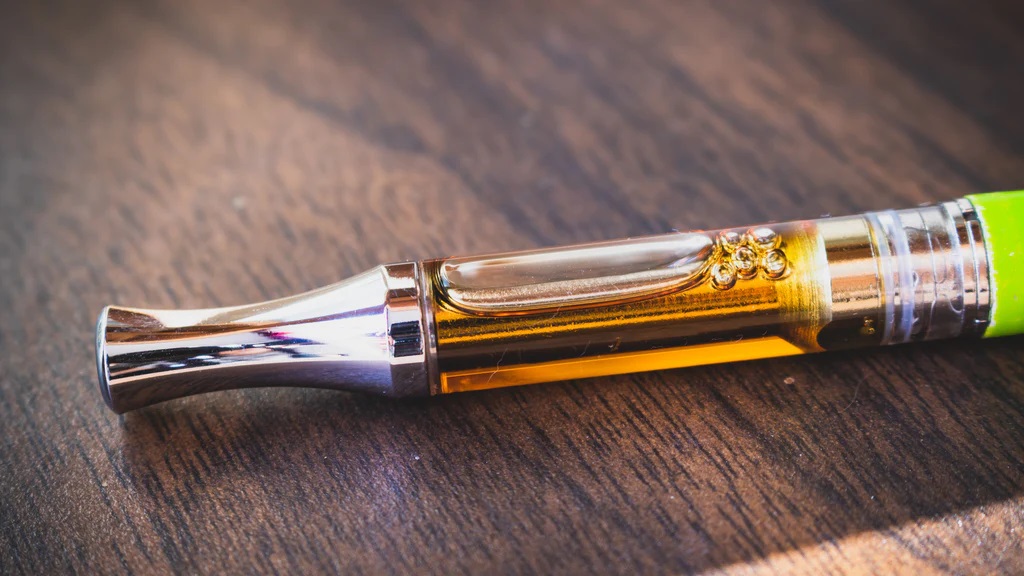Double jaw surgery, also known as orthognathic surgery, is a complex procedure that involves the repositioning of both the upper and lower jaws to improve facial balance, bite alignment, and overall oral health.
While the surgery itself can take several hours to complete, the recovery period can take several weeks to months. In this article, we will outline the typical recovery timeline for double jaw surgery.
Immediately after Surgery
After the surgery is complete, patients will be taken to a recovery room to wake up from anesthesia. In most cases, patients will spend one to two days in the hospital for monitoring and pain management.
During this time, the medical team will closely monitor vital signs, provide medication for pain relief, and assist with any needs the patient may have.
Days 1-7
After being discharged from the hospital, patients will need to rest and take care of themselves at home. It’s important to avoid any strenuous activity, and to get plenty of rest to allow the body to heal.
Pain and swelling are common during this time and can be managed with medication and ice packs. Patients should also follow a liquid or soft diet to prevent irritation or damage to the surgical site.
Weeks 1-2
During the first two weeks of recovery, patients may experience more significant swelling, bruising, and discomfort. It’s important to continue taking medication as prescribed, and to follow any post-operative care instructions provided by the surgeon.
This may include keeping the head elevated while sleeping, avoiding chewing or biting down forcefully, and using a special mouthwash to promote healing.
Weeks 3-4
By the third and fourth week after surgery, most patients will start to see significant improvement in their symptoms. Swelling and bruising will begin to subside, and patients may be able to start eating soft, solid foods again.
It’s important to continue following all post-operative care instructions during this time, and to avoid any activities that may put undue stress on the jaw or facial muscles.
Weeks 5-6
By week five or six, most patients will be able to return to work or school, depending on the nature of their job or activities. While some swelling and discomfort may still be present, most patients will be able to manage their symptoms with over-the-counter pain medication.
It’s important to continue eating a healthy diet, avoiding hard or crunchy foods, and practicing good oral hygiene during this time.
Months 2-6
The final stages of recovery after double jaw surgery can take several months, depending on the individual patient and the nature of the surgery. During this time, patients may continue to experience some swelling or discomfort, but these symptoms should gradually improve over time.
It’s important to continue attending follow-up appointments with the surgeon to ensure that the healing process is progressing as expected. Patients may also be advised to continue wearing orthodontic braces or other devices to maintain proper alignment and ensure optimal healing.
Conclusion
Recovery after double jaw surgery can take several weeks to months, and it’s important for patients to carefully follow all post-operative care instructions to ensure optimal healing and minimize the risk of complications. By staying patient and taking care of themselves, patients can achieve excellent long-term results and enjoy improved oral health, facial balance, and overall well-being.
It’s important to note that the recovery timeline may vary depending on several factors, including the severity of the surgery, the patient’s overall health and lifestyle, and the individual’s ability to follow post-operative care instructions. Patients should consult with their surgeon to discuss any specific concerns or questions they may have about their recovery.



